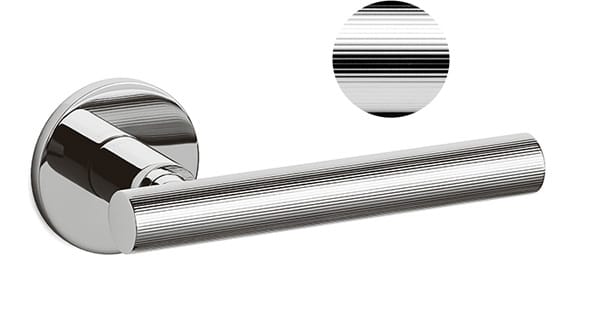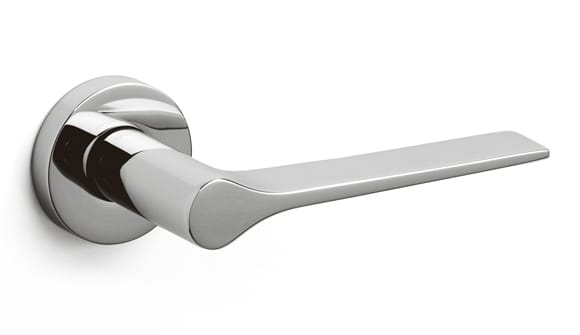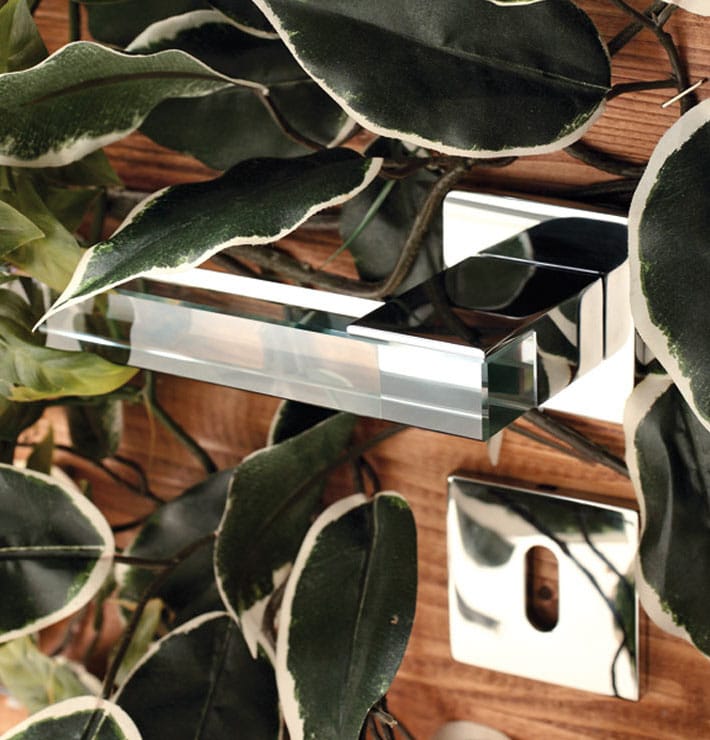In its century-old history, Olivari has always sought out the maximum in quality, relying on the creativity of the best designers and architects. The Olivari family has handed down its attention to details, the search for innovation, and mainly a passion for its work, from generation to generation.
Battista Olivari founded the company in 1911 in Borgomanero, in the province of Novara. The Olivari manufacturing plants are still located there to this day, where the entire production process takes place. In 1926, Battista was succeeded by his wife Antonietta Ramelli, one of the few women directing a company at the time. In the 1930s, the first collaboration with architects began with Marcello Piacentini and Gio Ponti, two of the important Italian architects of the era.
After World War II, the company passed hands to the three brothers: Ernesto, Ambrogio, and Luigi. It was during this period when Olivari started to work regularly with renowned architects such as Gio Ponti (who designed the classic Lama handle) Franco Albini, Ignazio Gardella, Angelo Mangiarotti, Caccia Dominioni, and the famous Milan architectural partnership BBPR. These designers created superbly handsome custom handles for their buildings. These designs stayed in the Olivari range; some of these handles are still being manufactured.
In the 1960s, Olivari decided to call on the leading exponents of Italian design such as Sergio Asti and Joe Colombo in its search for new designs. At the same time, Olivari continued to be at the forefront of technology: in 1959, the world was introduced to the first anodized aluminum handle (Bica). In 1970 it launched Boma, the first coloured plastic handle. The two handles both quickly become widely copied best-sellers.
The 1980s saw the company being handed down to the third generation of the Olivari family and the company goes international. New designers are summoned: Giorgetto Giugiaro, Ferdinand A. Porsche, Rodolfo Bonetto and Giotto Stoppino (who wins the Italian Golden Compass design award with his handle Alessia).
The following decade is marked by a profitable collaboration with Alessandro Mendini, the company’s art director who rethinks the corporate image. Handles by Paolo Portoghesi, Oscar Tusquets, Vico Magistretti, Andrea Branzi, and Massimo Iosa Ghini are introduced to the market.
Today, the manufacturing system is highly automated and environmentally friendly with a focus on SuperInox finishes. Rodolfo Dordoni, James Irvine, Piero Lissoni, and Patricia Urquiola are just a few of the designers involved in creating new handle models, not to mention the leaders in contemporary architecture: Shigeru Ban, Steven Holl, Toyo Ito, Daniel Libeskind and Dominique Perrault.




